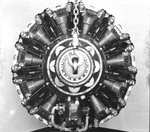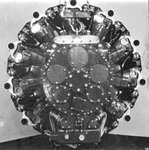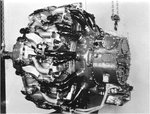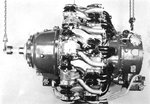Hello, gentlemen,
Under 'really big' engines, I mean the 40-70 liter piston engines, ie. the types that should be able to develop 2000+HP already from early ww2 on. What was the best approach that actually worked any time in ww2? What 'path' should've the countries follow, to suit their needs?
Under 'really big' engines, I mean the 40-70 liter piston engines, ie. the types that should be able to develop 2000+HP already from early ww2 on. What was the best approach that actually worked any time in ww2? What 'path' should've the countries follow, to suit their needs?




